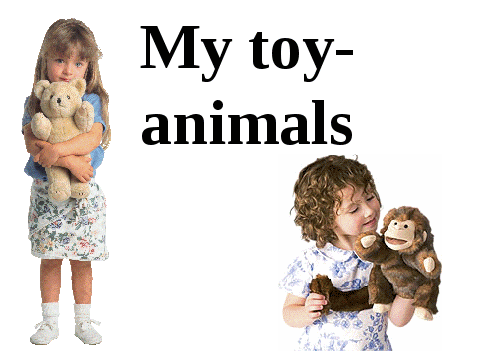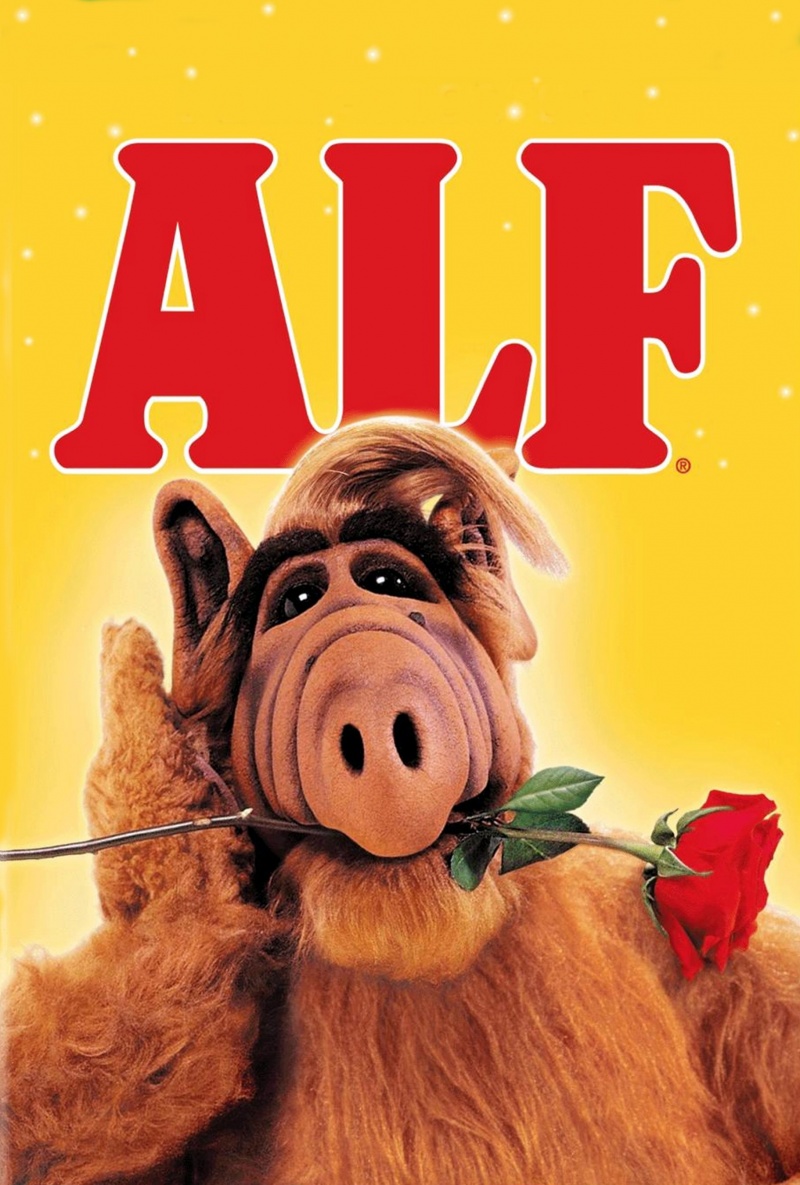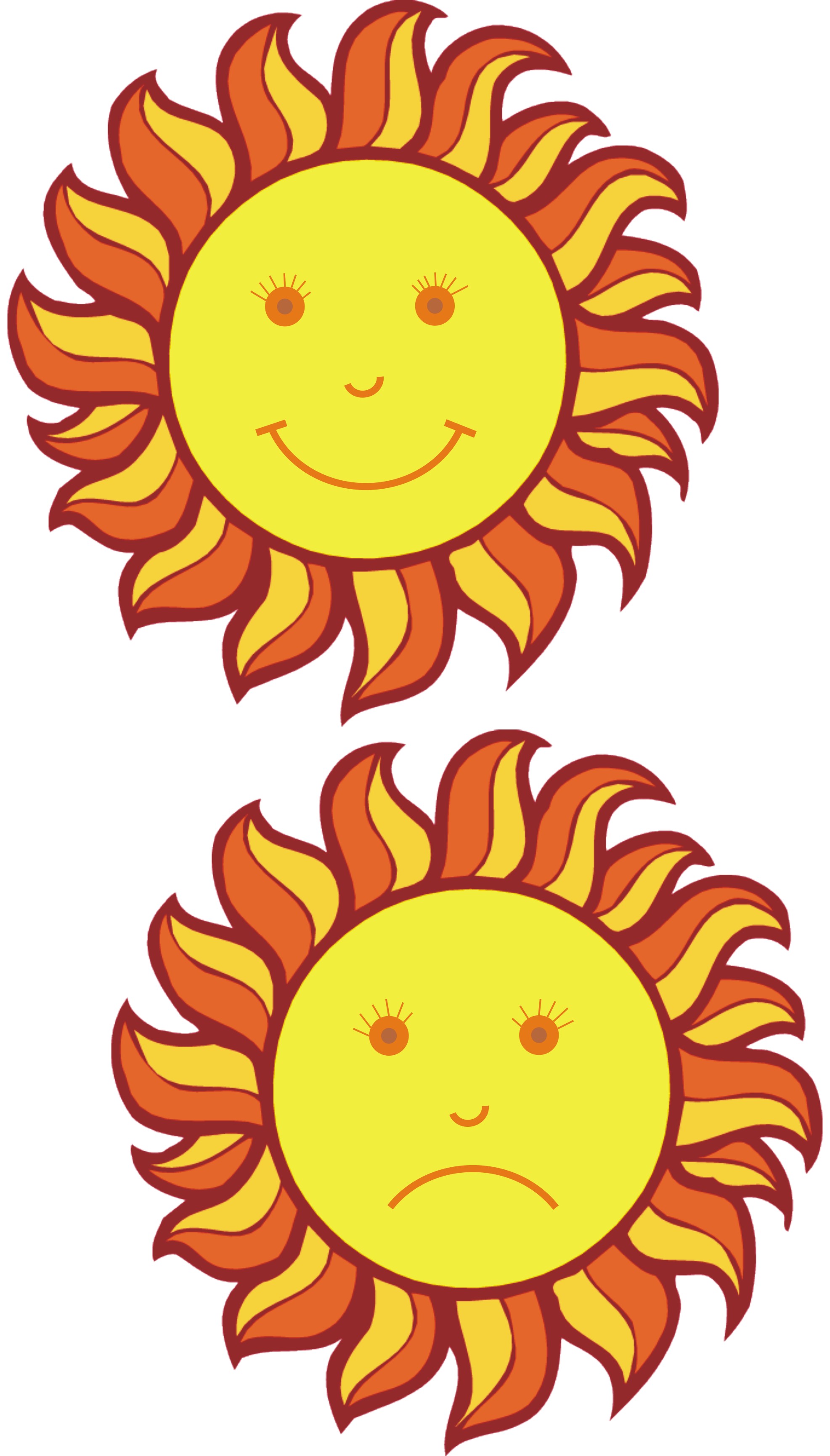- Преподавателю
- Иностранные языки
- Урок английского языка для 2 класса по теме «My toy-animals»
Урок английского языка для 2 класса по теме «My toy-animals»
| Раздел | Иностранные языки |
| Класс | 2 класс |
| Тип | Конспекты |
| Автор | Ананина Г.А. |
| Дата | 07.03.2014 |
| Формат | doc |
| Изображения | Есть |
Открытый урок
английского языка
2 класс
Учитель: Ананина Г.А.

ОСШЛМФИ
2014
Цель: Развитие коммуникативной компетентности учащихся через речевую деятельность, представленную в 2-х видах: диалогической и монологической речи.
Тип урока: Систематизация знаний с изучением новых понятий.
Тема: My toy-animals.
Форма проведения урока: урок-путешествие.
Задачи: 1. образовательная - повторить названия животных, познакомить с новыми словами по теме, закрепить грамматические структуры: I like to play with my toy-bear; The hare(s) is/are on the table; I can see (a hare); prepositions of place: on, under, in/into, near, at; научить задавать вопросы и составлять рассказ-описание о любимой игрушке.
2. развивающая - совершенствовать навыки диалогической и монологической речи по теме; грамматические навыки через структуры и стихотворение "Where is the ball?", внимание, анализ, синтез, логику, мышление, память, воображение; расширить общий кругозор; стимулировать развитие творческой активности учащихся через песню"Twinkle, twinkle little star".
3. воспитательная - поддерживать интерес к изучению английского языка, воспитать потребность в практическом использовании английского языка, любви и уважения к достижениям мировой науки.
Педагогические технологии:
1) информационно-коммуникативные технологии: мультимедийная презентация;
2) игровая (гость - инопланетянин Альф, экипаж астронавтов, Центр управления полётами (гости урока), имитация движений в полете и физминутка);
3) личностно-ориентированная (учитывался опыт каждого ребёнка);
4) здоровьесберегающая (физминутка, имитация движений);
5) интеграция - межпредметная (связь с астрономией). Тип интеграции - горизонтальный.
Методы:
-
словесный (рассказ-вступление, беседа, объяснение);
-
наглядный (компьютерный: презентация-клип, иллюстрации, рисунки животных, игрушки);
-
практический (картинки НЛО с письменным заданием) - направлен на развитие моторики и зрительной памяти;
-
интерактивный (ролевая игра - космический экипаж, гид Альф);
-
репродуктивный (неоднократное воспроизведение лексики грамматических структур в устных и письменных упражнениях, в диалоге и рассказе) с целью формирования коммуникативной компетентности;
-
развивающий (диалогическая и монологическая речь).
Методические приемы: игровой приём (игра - «Корректор»), приём самостоятельной работы (составление диалогов и рассказов-описаний), приём опережающего задания (рассказ, игрушки), прием дедукции (от общего к частному), прием беседы; изложение информации, активизация внимания, приемы ускорения запоминания, логические приемы сравнения, сопоставления, выделения главного; приемы практического метода: постановка задания, планирования его выполнения, управления процессом выполнения, регулирования и контроля, анализа итогов практической работы, коррегирования для полного достижения цели, приемы активизации познавательной деятельности: составление рассказа по опорным вопросам, развитие логического и пространственного мышления, анализа для коррекции, синтеза, сравнения, выводы.
Формы работы: фронтальная, индивидуальная, парная.
Формы обучения: самостоятельная, дифференцированная.
Формы контроля: устный, индивидуальный, самоконтроль, взаимоконтроль.
The plan of the lesson:
1. Organization moment:
Good Morning, dear pupils! Sit down, please. At first I'd like to know what date it is today? What holiday is on the 12th of April? (It's the Cosmonauts' Day.) Why do people celebrate this holiday? (It's the day of the first human spaceflight.) Who was the first man to fly into space? (Yuri Gagarin.)
That's why we are having an unusual lesson. We'll be cosmonauts today and our guests will be Control Center. It will manage our spaceflight. We are going to travel in space by spaceship Shuttle and visit different planets and stars. There will be a task for you on each planet, only then we'll come back home - the Earth. What is "space"? (It is a place far above the Earth where there is no air.) What is "spaceship"? (It is a rocket that can travel in space.) What is "planet"? (It is a large, round object that goes round the Sun.)
 The guide of our journey will be our guest - an alien called Alf. He is from the planet Melmac, he knows much about space and he will travel with us.
The guide of our journey will be our guest - an alien called Alf. He is from the planet Melmac, he knows much about space and he will travel with us.
The topic of the lesson is «My toy-animals".
Aims: We'll remember the names of toys, role play the dialogues, we shall learn how to describe your favourite toys, do some exercises and of course we'll learn many interesting things about space exploration.
How will your work be marked? You will get stars for the right answers. Who will get 5-7 stars during the lesson, you'll get "5", 3-4 stars - "4", less than 3 - "3". You will get marks: for the dialogue, for the description and for the quiz.
Let's launch our spaceship and count from ten to one.
We are in space now. You can see many planets and stars in space.
2. Phonetic drill. Alf is inviting you to visit the first planet. Let's fly to it. We are on the Planet of Sounds. Repeat the sounds after me and say the words with these sounds: [æ], [ai], [w], [ə:], [εə], [ð].
3. Review. We are going to fly to the next planet. We have reached the Planet of Toys. Only toys live on this planet.
Let's review the names of toy-animals. Use this structure: I can see a (bear). The… big/little. The… nice/funny.
4. New words. There are some new words, look at the picture and repeat them after me: squirrel, hedgehog, sheep, zebra.
On the way to the next planet we can see many comets, they are of different colours. What colour is it? It's (yellow).
There are some words on the other side of the comets. Let's read them.
5. The next planet is the Planet of Riddles. Alf has prepared for you some riddles about animals. Listen and try to guess them.
1. It is green. It can swim. It lives in Africa. (a crocodile)
2. It is yellow and brown. It has a very long neck and 2 horns. (a giraffe)
3. It is brown. It is big. It can run and climb. It likes honey. (a bear)
4. It is orange. It's nice. It has a bushy tail. It likes nuts. (a squirrel)
5. It is yellow. It has a long tail and a big head. It can run and jump. It likes meat. (a lion)
Let's have a rest and sing the song "Twinkle, twinkle little star"
6. Grammar skills. Let's speak about where our toys can be. Look at the stars and name the prepositions of place, translate them. Read the words denoting furniture. If you read them correctly the pictures will appear on the slide.
Look at the picture and say where the bear is, follow this model: The bear is on the table. Don't forget the word is when you speak about one animal. The hares are under the table. Use the word are when you speak about more than one animal.
Alf has put some toys in different places. Please get ready to answer my questions, you will get a star for the right answer.
Let's recite the poem "Where is the ball?"
7. Speaking. We are flying to the Planet of Speaking. We are going to speak about your favourite toys. Now work in pairs. The task: interview your classmate about his favourite toy. Here are some questions to help you. (sheets of paper). I'll give you 3 minutes to prepare the dialogue.
The next task is to tell each other about your favourite toy, using this plan.
-
I've got many toys. But I like to play with my toy-…
-
big/little
-
nice/funny
-
colour
-
What is its body like?
-
Where is it?
-
I love my…
I've got many toys. But I like to play with my toy monkey. It's a soft furry toy. It's very nice. It's funny. It's little. The monkey is brown. It has got brown eyes, black nose, a short neck, long legs and a long tail. It is in the box. I love my monkey.
Come up to the blackboard and role play the dialogues.(2 pairs). Show us your toy and describe it. (4 pupils at the blackboard). (They will get a star for this task).
So, we have learnt the names of animals, how to ask questions and how to describe your toys.
8. Writing. We are approaching the Planet of Writing. There are many unknown flying objects in space. Take one picture with the task: Fill in the prepositions:
-
Put your toys____ the box.
-
The dog is ____ the bag.
-
These toys are ___ the table,
and those toys are ____ the table.
-
The ball is ____ the wall.
-
The chairs are __ the table.
Check your classmate's work and write down the mark.
We have received encoded signals, let's decode them and write the words on the blackboard.
Lpatnehe (elephant)
Eirtg (tiger)
Ynemok (monkey)
Serho (horse)
Gorf (frog)
9. Conclusion. We've come to end of the lesson. You have completed all the tasks and now it's time to come back home - to the Earth. Get ready!(video)
What did we learn today? We learnt new words: squirrel, sheep, zebra, hedgehog. We revised prepositions of place, colours. Please count your stars. You've got 3 marks: for the dialogue, for the description and for the written task. You were very active at the lesson. Alf wants to give you his photo so you can remember our journey. Write down your home task in your record books: write about your favourite toy (6 sentences). You have 2 pictures of suns on your desks: happy and sad. If you liked our journey choose the happy sun, if you didn't like it choose the sad sun and stick it on this board. I'm very glad you liked our journey. The lesson is over. Good-bye!



